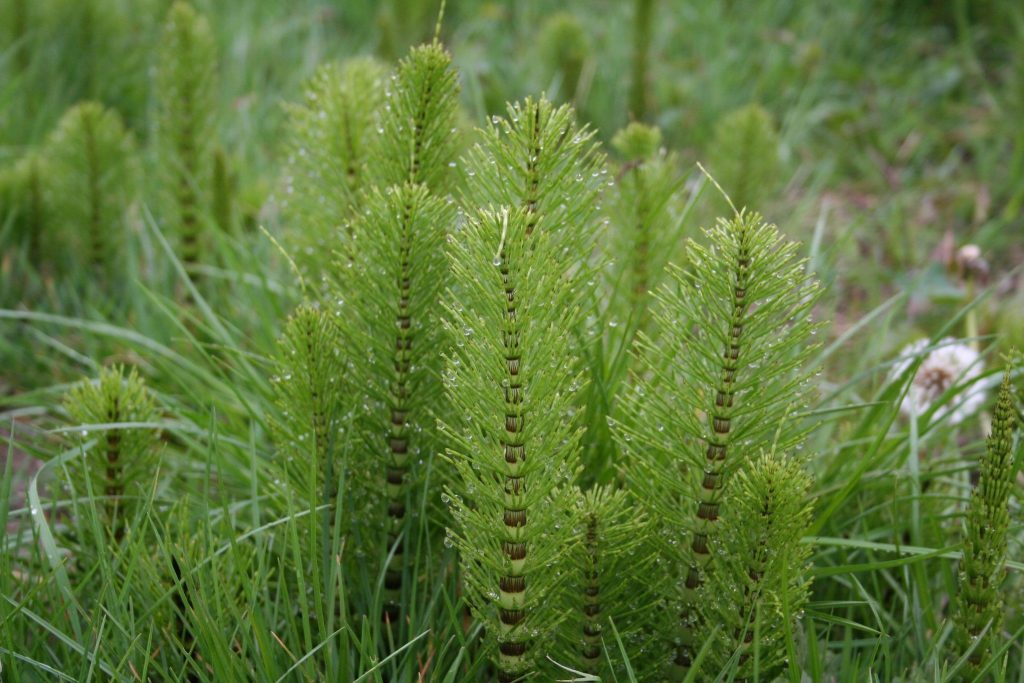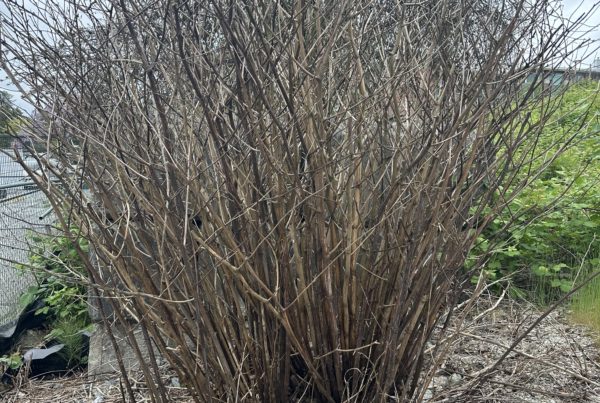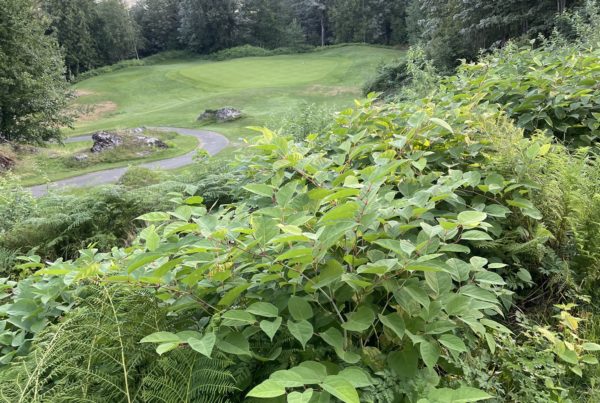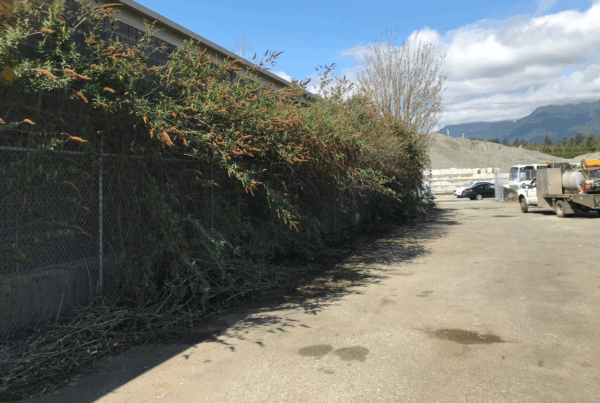Horsetail weeds tend to be a persistent nuisance for gardeners, homeowners and acreages in the lower mainland. Despite their ancient lineage and unique appearance, these plants can quickly become invasive, spreading, and outcompeting native vegetation. Understanding their growth patterns, invasive tendencies, and effective control methods is crucial for maintaining healthy ecosystems and landscapes.
When does Horsetail Grow?
Horsetail weeds are hardy perennial plants that thrive in a variety of environments, from moist soils along riverbanks to dry, disturbed areas like roadsides and gardens. They typically emerge in early spring, sending up distinctive, hollow stems resembling miniature bamboo shoots. As the growing season progresses, these stems develop into feathery green foliage, producing spores for reproduction. Horsetail weeds can persist throughout the summer months, often going dormant in winter before re-emerging the following spring.
While horsetail weeds may seem innocuous at first glance, their aggressive growth habit and rhizomatous root system make them challenging to tame. These plants can quickly colonize open areas, forming dense stands that crowd out native vegetation and disrupt natural ecosystems. Their deep, creeping roots can also make them difficult to eradicate, as even small fragments can regenerate into new plants. Additionally, horsetail weeds release allelopathic compounds that inhibit the growth of neighboring plants, further enhancing their competitive advantage.
When to Treat Horsetail and How:
Early detection and intervention are key to preventing infestations from spreading and becoming established. Herbicides can be an effective tool for managing horsetail weeds, particularly in large or inaccessible areas. Selective herbicides containing active ingredients such as glyphosate, are commonly used for controlling broadleaf weeds like horsetail. However, careful application is essential to minimize impacts on non-target plants. Due to the resilient nature of horsetail weeds, multiple treatments may be necessary to achieve effective control. Monitor treated areas regularly for signs of regrowth and reapply treatments as needed to prevent resurgence.
In summary, property owners dealing with horsetail nuisances can find relief by turning to Western Weed Control for assistance. Leveraging our decades of experience with managing weeds, and understanding of horsetail growth patterns specifically, we provide a practical remedy to manage these pesky weeds.








